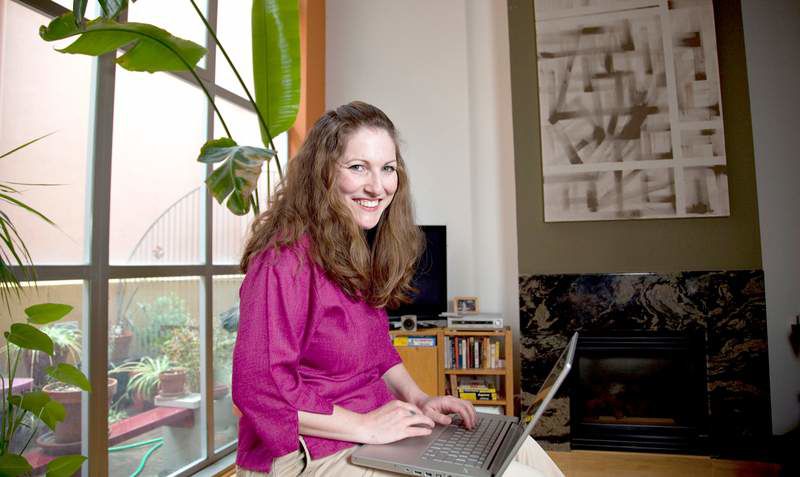Looking for a date? Check the data
Published 4:00 am Saturday, February 13, 2010

- Suzanne White Montiel, 36, a blogger living in San Francisco, said the breezy tone of OkCupid was a refreshing alternative to mainstream online dating sites.
Are you looking for love on an online dating service?
If you’re a man, don’t smile in your profile picture, and don’t look into the camera. If you’re a woman, skip photos that focus on your physical assets and pick one that shows you vacationing in Brazil or strumming a guitar.
Those are some of the insights that OkCupid, a free dating site based in New York, has gleaned by using statistical tools to analyze how the mating game plays out on its site.
OkCupid publishes the entertaining and potentially useful results of its number-crunching on a blog that has recently turned into a big source of publicity for the company, pulling in new members.
“We’re not psychologists,” said Sam Yagan, the chief executive of the company. “We’re math guys.”
Yagan and three other Harvard mathematicians founded OkCupid in 2004. In its fight against much bigger competitors like Match.com, PlentyOfFish and eHarmony, it has tried a number of marketing techniques, often with little success. But the blog, which OkCupid started in October, has helped get the company’s name out on other blogs and social networks.
A post last month that set out to debunk conventional wisdom about profile pictures brought more than 750,000 visitors to the site and garnered 10,000 new member sign-ups, according to the company.
For that analysis, the company catalogued the photos on more than 7,000 user profiles and looked at how many responses those users received from others. It found, among other things, that it didn’t matter whether people showed their faces, as long as the photos were intriguing enough to start a conversation.
“If you want worthwhile messages in your inbox, the value of being conversation-worthy, as opposed to merely sexy, cannot be overstated,” wrote Christian Rudder, another OkCupid founder, in the post.
Last fall, Rudder looked at the first messages sent by users to would-be mates on the site, and which ones were most likely to get a response. His analysis found that messages with words like “fascinating” and “cool” had a better success rate than those with “beautiful” or “cutie.”
“As we all know, people normally like compliments, but when they’re used as pick-up lines, before you’ve even met in person, they inevitably feel… ew,” he wrote.
There are benefits to the company’s data-baring tactics. Since OkCupid started its blog, the number of active site members has grown by roughly 10 percent, to 1.1 million, according to the company.
“We’ve been up for six years,” Yagan said. “We’ve only had the blog for six months. It’s a big deal for us.”
OkCupid, which generates revenue from advertising and premium memberships, says it is profitable. The research firm comScore says the site had 735,000 unique visitors in January, up from 538,000 a year ago. Yagan said comScore was significantly undercounting the site’s traffic.
The blog reports could help to build trust and add legitimacy to the site’s matchmaking approach, said Andy Beal, an online marketing expert and co-author of “Radically Transparent.”
“There is an underlying psychological benefit to publishing statistics that resonate with your target audience,” Beal said. “People will start to think that this is a site where others like them are hanging out, and they should join it instead of one of its competitors.”
To find matches, OkCupid members answer questions, most of which are generated and submitted by users, that range from pedestrian to risque. The answers are weighted and analyzed by several sets of algorithms to calculate percentages of compatibility with other users.
In contrast to the more opaque approach taken by most dating sites, a special area of OkCupid uses detailed graphs and charts to walk users through the matching process.
“If we can be completely transparent and help demystify dating with data, maybe you will trust us to help find you a match,” Yagan said.
The early stigmas surrounding online dating are slowly being worn away as more people create and maintain a presence on social networking sites like Facebook and Twitter, where sharing personal information and pictures is commonplace.
OkCupid, whose users tend to be younger than 35, even resembles a social network. Members can surf through the profiles of potential matches and send messages or flirtatious digital winks to one another. The site also has quirky quizzes for members to determine which character on “Lost” they resemble and what kind of dating personality they have.






